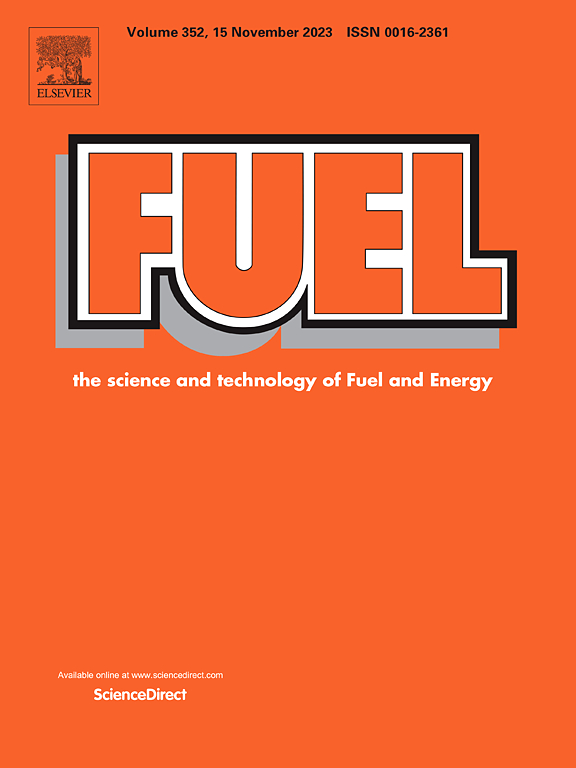Experimental and numerical investigation of in situ hydrogen generation via reverse methane combustion: Comparative analysis using CMG and COMSOL“
IF 6.7
1区 工程技术
Q2 ENERGY & FUELS
引用次数: 0
Abstract
This study investigates reverse methane combustion for in situ hydrogen generation (ISHG) in porous media utilizing a novel combination of experimental and numerical approaches. Two distinct experimental tests were conducted to explore the feasibility and optimization of ISHG. Test 1 focused on validating combustion kinetics using temperature profiles. The experiment confirmed that no hydrogen was produced due to the absence of water and catalyst, with methane almost fully consumed in combustion, while CMG and COMSOL simulations accurately replicated temperature profiles, validating the reliability of numerical models for ISHG. Test 2 represented the final stage of optimization, incorporating a water-soluble catalyst to introduce both water and catalytic activity into the system. While catalyst presence improved reaction conditions, the most significant impact on hydrogen yield was observed during the transition from in situ combustion (ISC) to steam methane reforming (SMR), triggered by the termination of air injection. This transition created a favorable reaction environment, significantly enhancing hydrogen production. The study validates ISHG feasibility and underscores the critical role of water supply, side reactions, and spatial heterogeneity in optimizing hydrogen yield during ISHG, and the need for further model refinement to match real-world conditions. The findings provide foundational insights for advancing ISHG as a scalable, low-carbon hydrogen production method, supporting future decarbonisation efforts.
求助全文
约1分钟内获得全文
求助全文
来源期刊

Fuel
工程技术-工程:化工
CiteScore
12.80
自引率
20.30%
发文量
3506
审稿时长
64 days
期刊介绍:
The exploration of energy sources remains a critical matter of study. For the past nine decades, fuel has consistently held the forefront in primary research efforts within the field of energy science. This area of investigation encompasses a wide range of subjects, with a particular emphasis on emerging concerns like environmental factors and pollution.
 求助内容:
求助内容: 应助结果提醒方式:
应助结果提醒方式:


